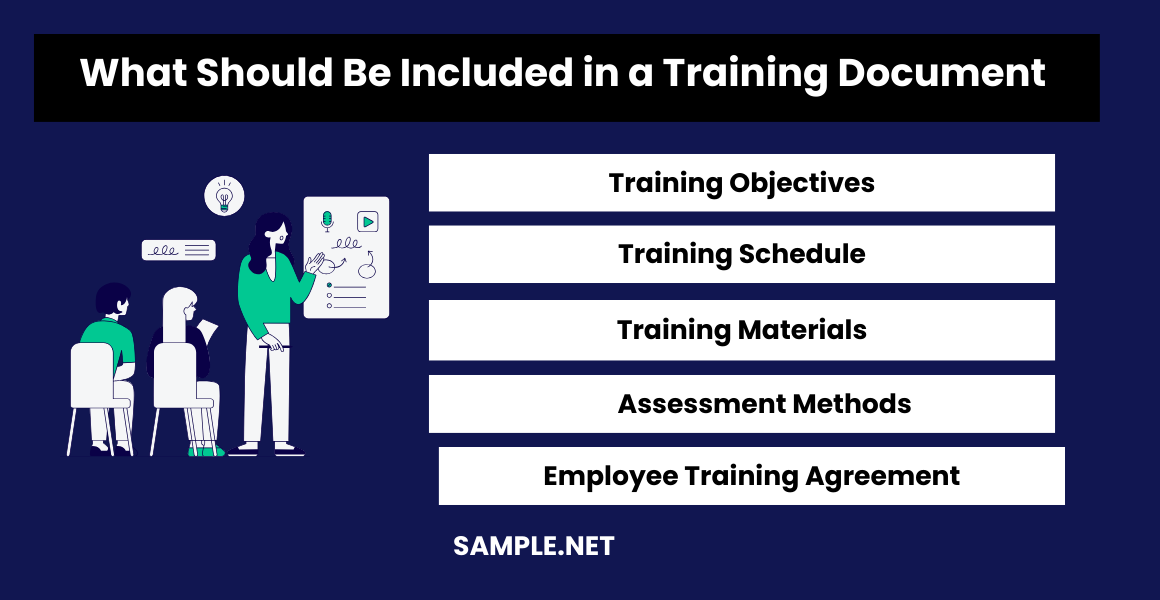Training Report Samples
-
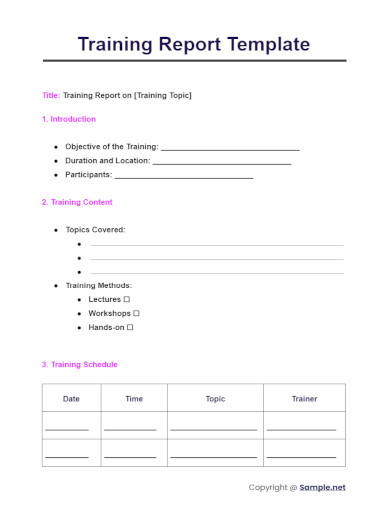
Training Report Template
download now -

Training Report Sample PDF
download now -
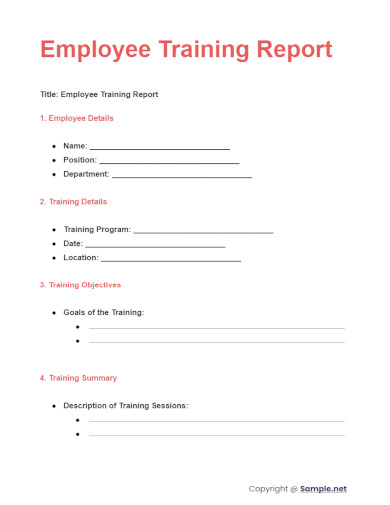
Employee Training Report
download now -

Training Report By Trainee
download now -
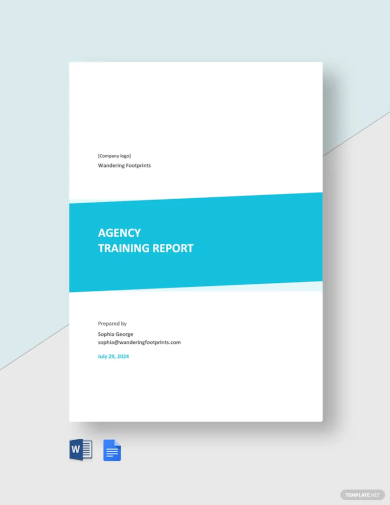
Agency Training Report
download now -

Training Needs Analysis Report Template
download now -
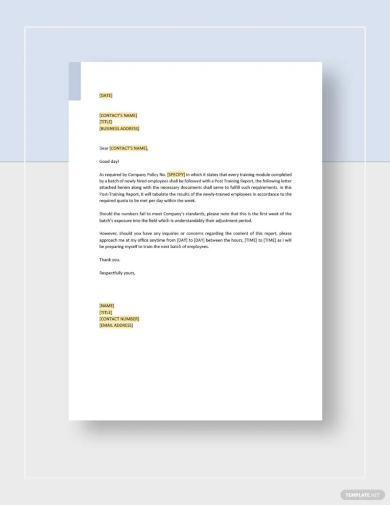
Post Training Report Template
download now -

Industrial Training Report Template
download now -
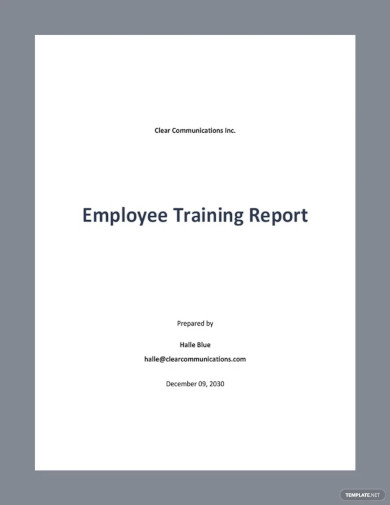
Free Sample Employee Training Report Template
download now -

Training Report Template
download now -
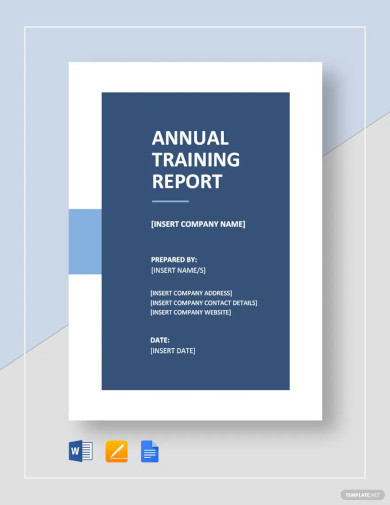
Annual Training Report Template
download now -

Free Employee Training Report Template
download now -
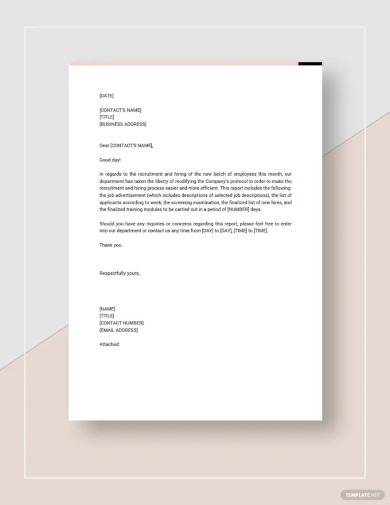
Employee Training Report Template
download now -

Sample Training Report Template
download now -
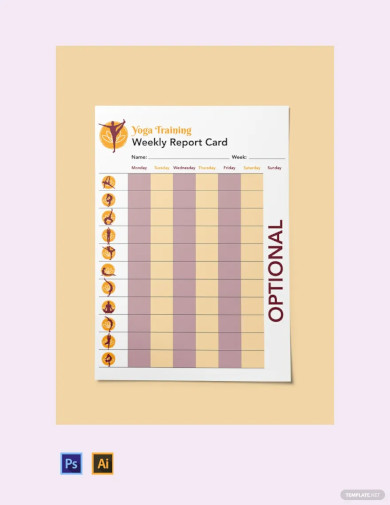
Training Report Card Template
download now -
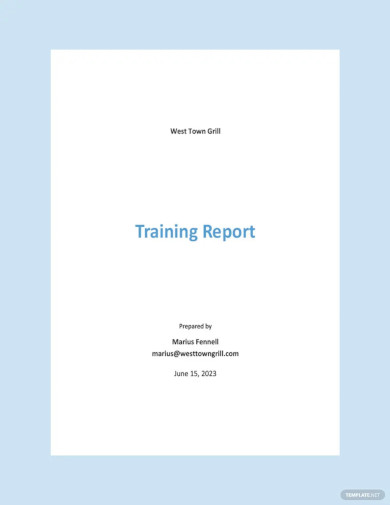
Training Report Format Template
download now -
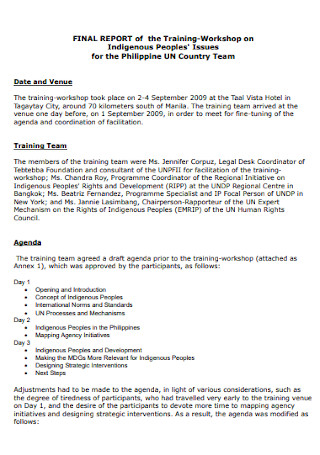
Workshop Training Report Template
download now -
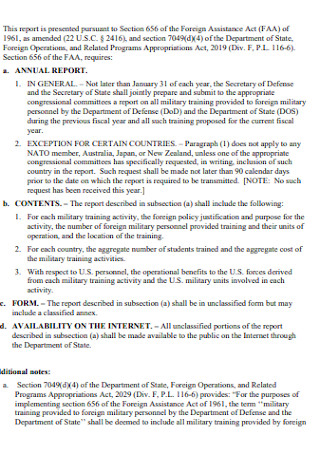
Foreign Military Training Report
download now -
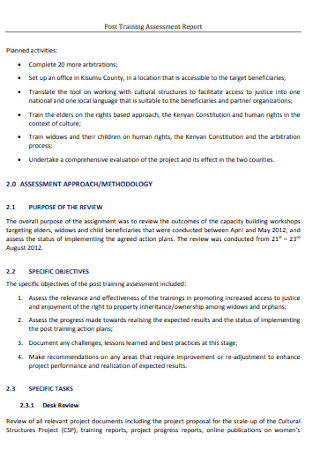
Post Training Assessment Report
download now -
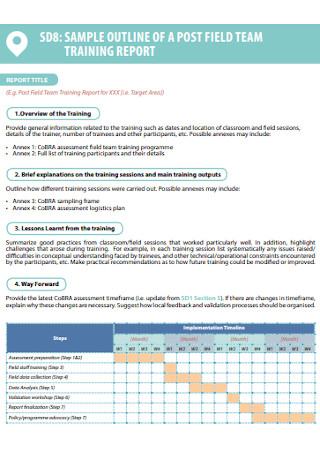
Field Team Progress Report
download now -
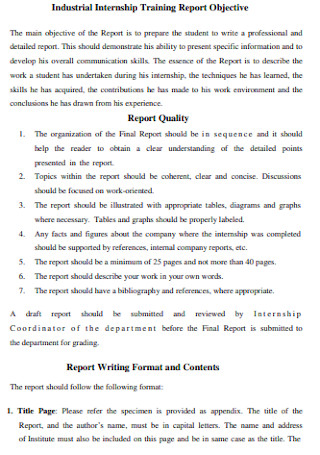
Industrial Internship Training Report
download now -
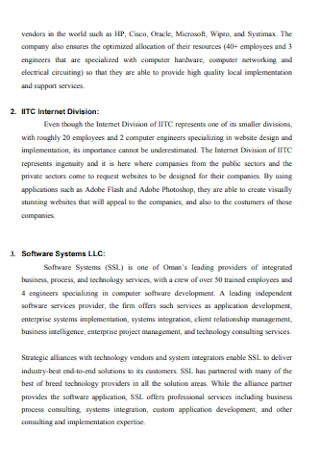
Sample Summer Training Report
download now -
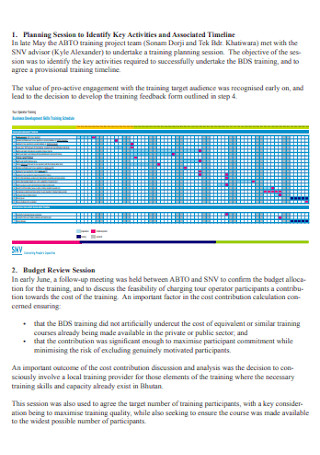
Sample Business Training Report
download now -
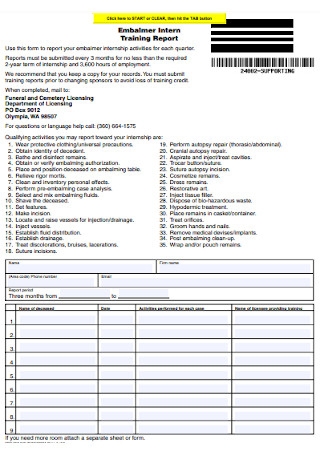
Embalmer Intern Training Report
download now -

Basic Training Report Template
download now -
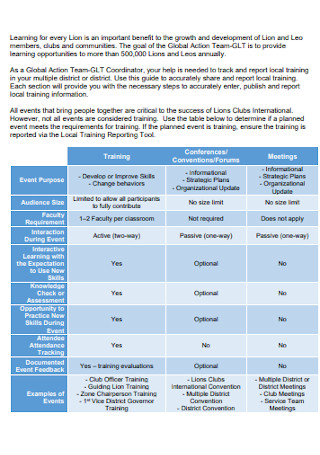
Sample Local Training Report
download now -
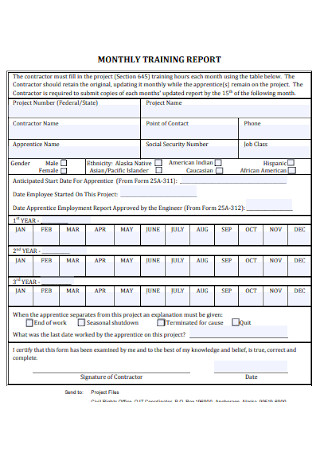
Monthly Training Report Example
download now -
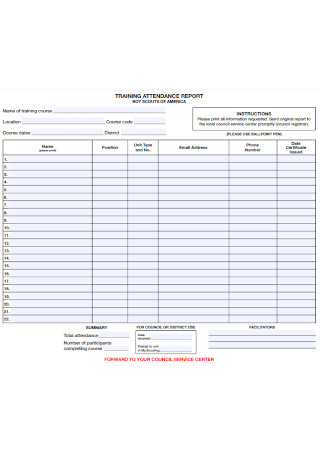
Training Attendance Report
download now -
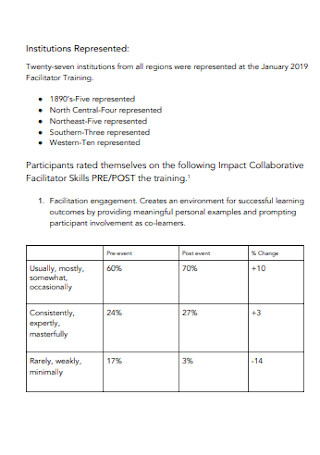
Facilitator Training Report
download now -
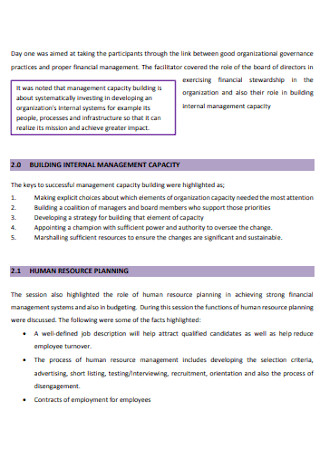
Financial Management Training Report
download now -
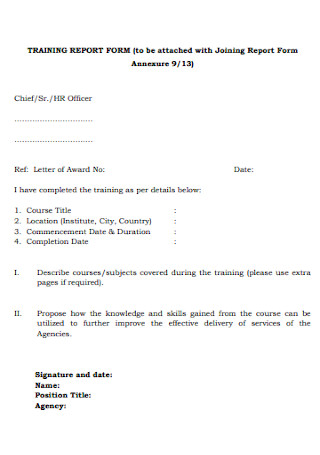
Sample Training Report Form
download now -

Sample Annual Training Report Template
download now -
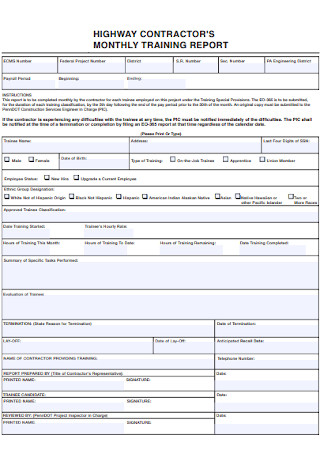
Highway Contractors Training Report
download now -
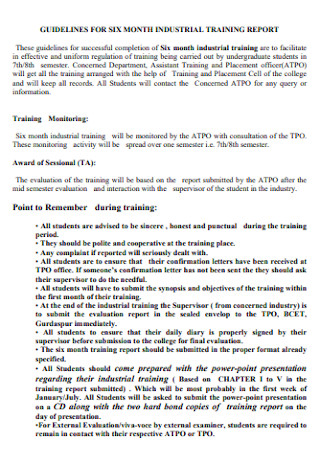
Industrial Monthly Training Report
download now -
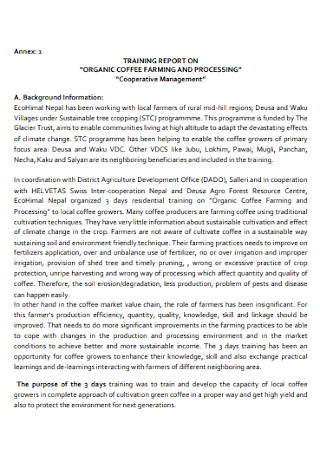
Formal Training Repport Template
download now -
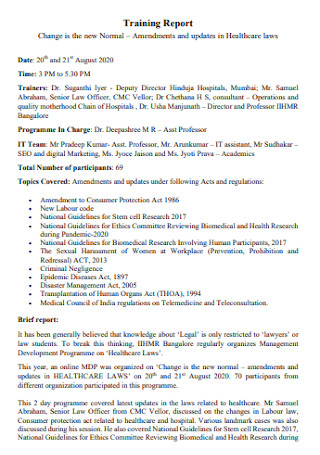
Simple Training Report Template
download now -
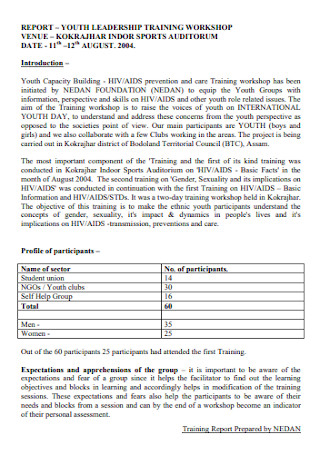
Youth Leadership Training Report
download now -

Employee Training Report
download now -
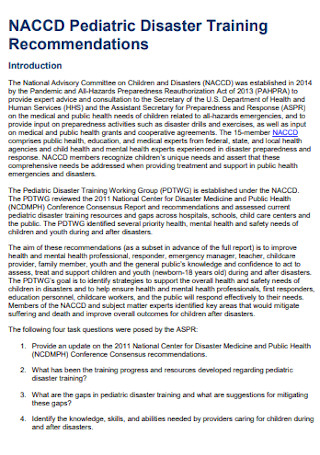
Pediatric Disaster Training Report
download now -
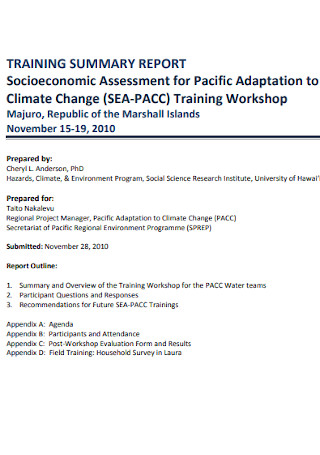
Sample Training Summary Report
download now -
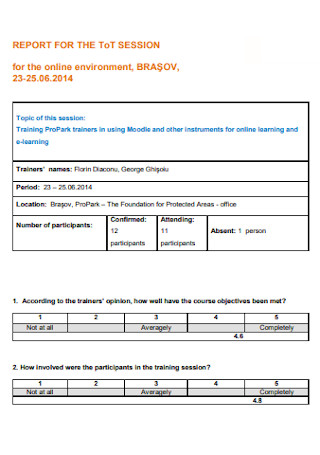
Corporate Training Report
download now -

Safety Training Program Report
download now -
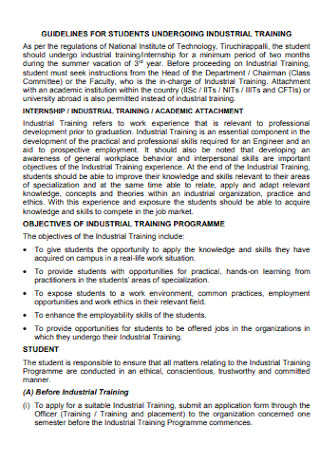
Student Training Report Example
download now -
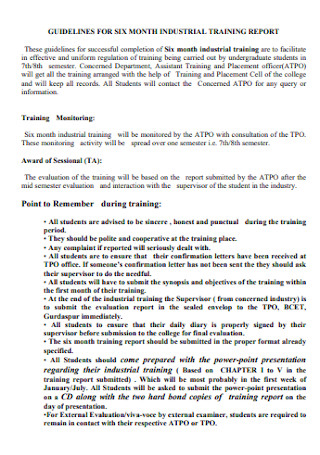
Industrial Six Months Training Report
download now -
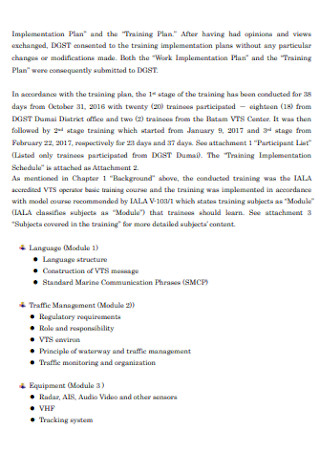
Training Completion Report
download now -
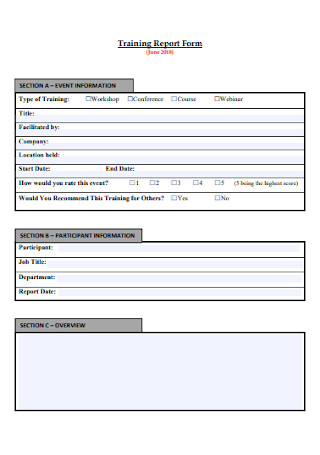
Training Report Form Example
download now -
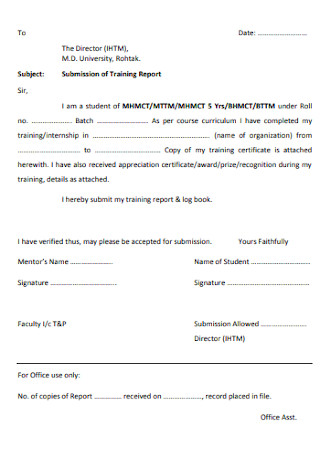
Submission of Training Report
download now -
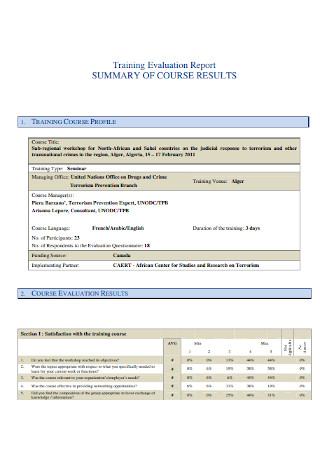
Training Evaluation Report Template
download now -
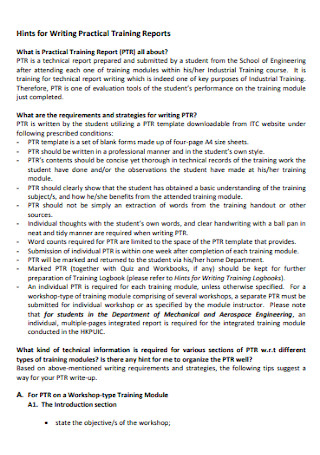
Sample Practical Training Reports
download now -

Training of Daily Trainers Report
download now -
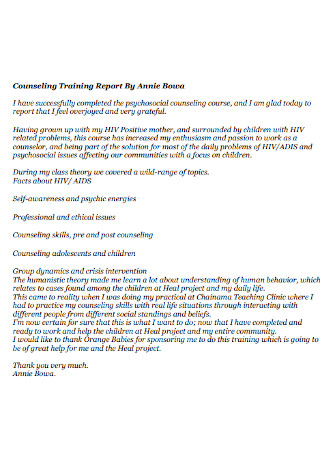
Counseling Training Report
download now -
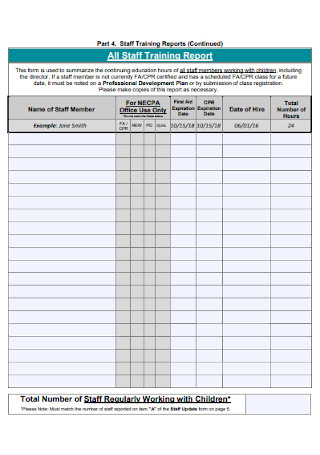
Weekly Staff Training Report
download now -
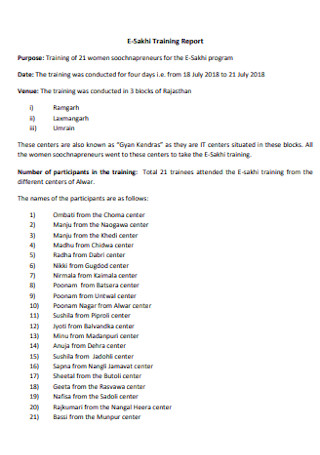
Hospital Training Report
download now -
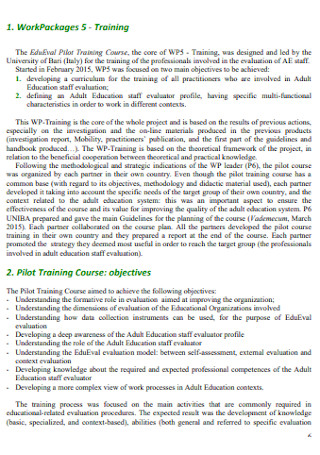
Pilot Training Course Report
download now -
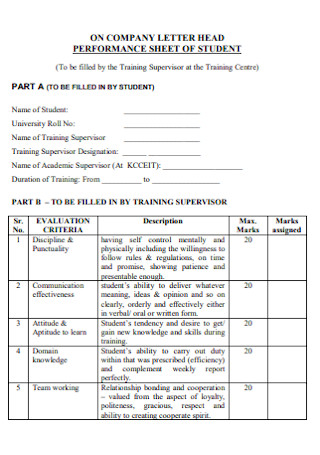
Individual Student Training Report Sheet
download now -
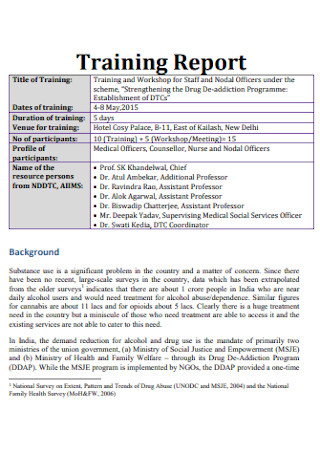
Standard Hotel Training Report Template
download now -
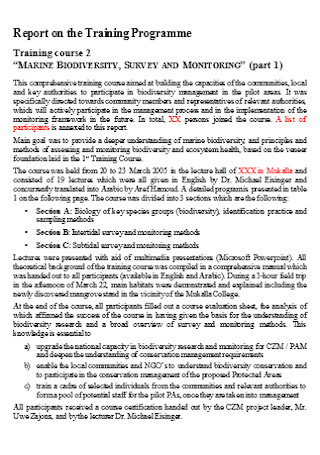
Report on Training Programme
download now
FREE Training Report s to Download
Training Report Format
Training Report Samples
What is Training Report? – Meaning
Why Are Training Reports Needed?
What to Include in a Training Report
How to Write a Proper Training Report
What is the common training report structure?
How do you write a training report for a workshop?
What are the types of training methods?
How to Write a Training Report Sample?
How to Summarize a Training Report?
What Should Be Included in a Training Document?
How Do You Write a Training Note?
What Are the 5 Parts of Training?
How Do You Write a Training Document?
How to Conclude a Training Report?
What Is the Purpose of the Training Evaluation Report?
How Do You Write a Training Purpose Statement?
What Does a Training Evaluation Include?
What to Say at the End of Training?
Who Is Required to Maintain Training Records?
Download Training Report Bundle
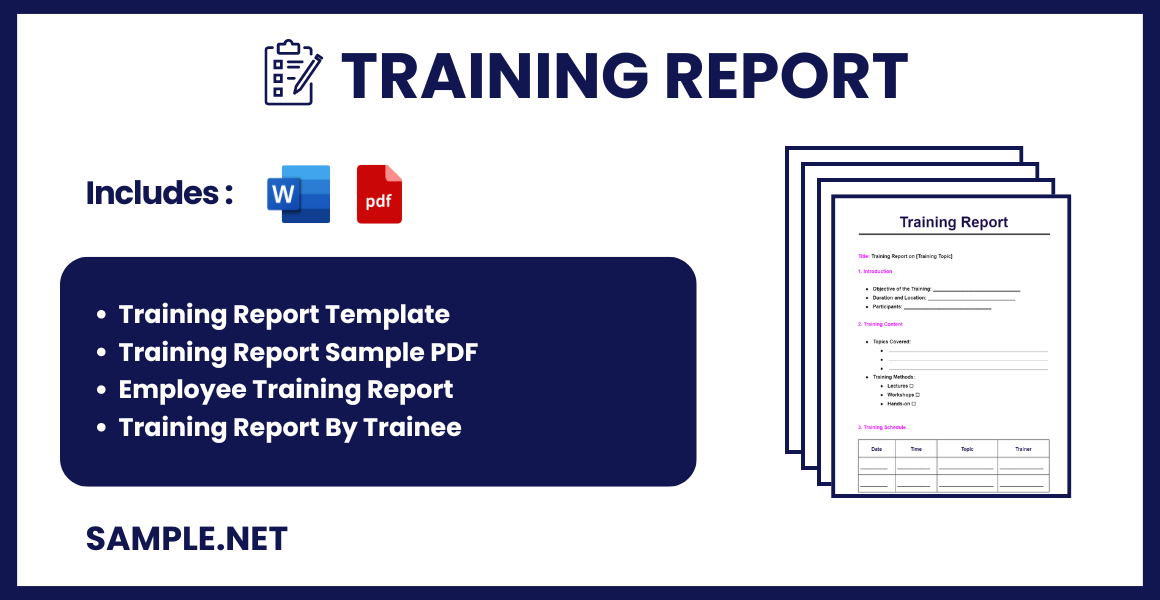
Training Report Format
Title: Training Report on [Training Topic]
1. Introduction
- Objective of the Training
- Duration and Location
- Participants
2. Training Content
- Topics Covered
- Training Methods (lectures, workshops, hands-on)
3. Training Schedule
- Detailed Schedule (Date, Time, Topic, Trainer)
4. Key Learnings
- Summary of Important Points
- Skills Acquired
5. Feedback
- Participant Feedback
- Trainer Feedback
6. Conclusion
- Overall Assessment
- Future Training Recommendations
7. Appendices
- Additional Materials (Handouts, Presentations)
What is Training Report? – Meaning
A Training Report is a comprehensive document that records and evaluates the progress and outcomes of a training program. It includes detailed information about the training objectives, methods, participant performance, and overall effectiveness. By documenting these aspects, a Training Report helps in assessing the success of the Training Plan and making necessary improvements for future programs.
According to Statista, international workplace training reached $370.3 billion back in 2019.
Why Are Training Reports Needed?
Believe it or not but there are a plethora of reasons why training reports are greatly necessary. And it may vary from one organization to another. But generally, these are the standard reasons why training reports are important:
What to Include in a Training Report
Indeed, training reports are important. But what is exactly found inside a training report? Remember that the data per report may vary from one organization to another. However, there are common denominators expected too. So in this section, find out the basic elements often included in a training report.
How to Write a Proper Training Report
Writing a training report is not as difficult as you might think. With impressive observatory skills and constant notetaking, you can surely ace the process. To be more specific, you can make training reports in just six easy steps. And without further ado, here are the steps on how to write a great training report:
Step 1: Compare the Training Plan and the Actual Training Program
First of all, you should review the training plan. Every business has its strategic plan on how to conduct training sessions. This helps you understand the entire training program crystal clear like if the training involves an acting workshop, school project, office employee performance, etc. Next, compare the plan to the actual training program. This is where you can see the similarities and differences if plans were met in reality or the other way around. And you can write your observations in a draft as your guide on what to write in the training report later on. You should also take a look at our Medical Report
Step 2: Download a Sample Training Report
The easiest way to make training reports is to use premade templates where you won’t have to write from the very beginning. Sample training report templates included in this article help you craft such reports shortly. As they are premade, you only need to deal with the specifics and finishing touches. Be sure to personalize the template of your choice since each sample lets you tweak the format, alter the design, and add as much info as you need. You can change every element and detail right from the front page to the very last. You should also take a look at our Internship Report
Step 3: Insert the Training Report’s Elements
From the introduction down to the analysis or recommendation page, ensure that you got all elements covered in your training report. As discussed previously on what to include in the training report, they complete on how a proper training report should look like. And your report becomes flawed without the program, context, evaluation, and other significant parts. Also, you can add more elements that you think can help your training report further so don’t simply limit from the examples mentioned here. You should also take a look at our Management Training Proposal
Step 4: Write Details in Proper Order
You should know by now that writing training reports orderly is standard. The most important part is when you write about what happened in the training program on a step-by-step basis. Arrange the events chronologically to be clear on whichever occurred first to last. And it works as if you are writing a story where it starts with a prologue to an epilogue. But, always aim to write in the most succinct way possible to this document. You should also take a look at our Teacher Observation Report
Step 5: Simple and Plain Language Works
A clear and concise training report can be achieved by using simple language. In fact, plain English already works. There is no need to use complicated words and even unnecessary statements that will only bewilder your readers eventually. Also, you are deprived to use jargon and informal words as they make the report appear unprofessional. You should also take a look at our Annual Narrative Report
Step 6: Attach Evidence and Supporting Documents
To make your training report more believable or credible, always attach supporting files and documents that serve as evidence. This step is critical in case no one believes what you wrote in the report. Maybe someone finds your observation to be biased or false. Hence, show your proof by attaching relevant documents like the training schedule, trainee scores, real-time statistics, infographic charts, and others. Lastly, backtrack the whole report and make changes if necessary. And you are free to publish that report once you are confident with the outcome.
What is the common training report structure?
In chronological order, the structure of a training report consists of the cover letter, title page, acknowledgment, executive summary, table of contents, introduction, training program report, references, and appendices.
How do you write a training report for a workshop?
In writing a workshop training report, begin by organizing the details where there is a clear structure of what the whole workshop entails. Next, mention the basic facts about the workshop from its purpose, location, timeline, etc. After that, you state the specifics by recording the results, the participants’ workshop performance, training effectivity, and more. And wrap it up with the feedback or recommendations section. You should also take a look at our Inspection Report
What are the types of training methods?
There are numerous training methods available. And the common types would be a case study, on-the-job training, coaching, e-learning, group discussion, and outdoor training. You should also take a look at our Project Report
How to Write a Training Report Sample?
Writing a Training Report Sample involves documenting the key aspects of a training session in a clear and concise manner.
- Introduction: Provide an overview of the training session, including the objectives and scope, ensuring it aligns with the New Employee Training Plan.
- Training Details: Include information on the duration, location, and participants of the training.
- Content Summary: Summarize the main topics covered during the training.
- Outcomes and Achievements: Detail the results and any achievements from the training.
- Recommendations: Offer suggestions for future training sessions based on the evaluation. You should also take a look at our Narrative Accomplishment Report
How to Summarize a Training Report?
Summarizing a Training Report effectively captures the essence of the report in a brief format.
- Key Objectives: Outline the primary goals of the training.
- Main Activities: Highlight the major activities and sessions, ensuring alignment with the overall Training Proposal.
- Participant Feedback: Summarize the feedback received from the participants.
- Achievements: Note the key outcomes and successes of the training.
- Future Recommendations: Provide concise recommendations for future training programs. You should also take a look at our Liquidation Report
What Should Be Included in a Training Document?
A comprehensive Training Document should cover all essential aspects to ensure effective training delivery.
- Training Objectives: Clearly state what the training aims to achieve.
- Training Schedule: Provide a detailed schedule including dates and times for each session.
- Training Materials: List all materials and resources required for the training.
- Assessment Methods: Describe how the training will be evaluated using the Workshop Training Proposal criteria.
- Employee Training Agreement: Include any agreements or acknowledgments from participants. You should also take a look at our Security Incident Report
How Do You Write a Training Note?
Writing a Training Note involves capturing important details from the training session for future reference.
- Session Overview: Provide a brief overview of the training session.
- Key Points: Note the main topics and concepts discussed.
- Trainer’s Comments: Include any important comments or observations made by the trainer.
- Participant Queries: Document any questions raised by participants and their responses.
- Action Items: List any actions to be taken post-training as per the Employee Training Agreement.
What Are the 5 Parts of Training?
Understanding the 5 key parts of training helps in structuring effective training programs.
- Training Needs Analysis: Training Needs Analysis assess the specific needs of the organization and participants.
- Training Proposal: Develop a detailed plan outlining the training approach.
- Training Schedule: Create a comprehensive schedule for the training sessions.
- Training Evaluation: Implement methods to evaluate the effectiveness of the training.
- New Employee Training Plan: Develop a specific plan for training new employees, ensuring they integrate successfully. You should also take a look at our Meeting Summary Report
How Do You Write a Training Document?
To write a Training Document, clearly define objectives, outline the Training Checklist, provide detailed content, include assessment methods, and ensure all materials align with the Half Marathon Training Plan.
How to Conclude a Training Report?
To conclude a Training Report, summarize key findings, highlight achievements, suggest improvements, and align the conclusion with the initial Employee Training Proposal objectives, ensuring clarity and actionable insights.
What Is the Purpose of the Training Evaluation Report?
The purpose of the Training Evaluation Report is to assess the effectiveness of the training, identify areas for improvement, and ensure alignment with the overall Training Needs Assessment Report.
How Do You Write a Training Purpose Statement?
To write a Training Purpose Statement, clearly define the training goals, align them with organizational objectives, and ensure they reflect the core values outlined in the Personal Training Contract.
What Does a Training Evaluation Include?
A Training Evaluation includes participant feedback, assessment results, trainer observations, and an analysis of how well the training met the objectives outlined in the initial Training Strategy Plan.
What to Say at the End of Training?
At the end of training, thank participants, summarize key points, provide a brief Weekly Report on progress, and outline next steps, ensuring everyone understands their role in the Training Agreement.
Who Is Required to Maintain Training Records?
The responsibility to maintain training records typically falls on the HR department, ensuring compliance with the Investigation Report standards and proper documentation for future Daily Report reviews.
In conclusion, mastering the creation of Training Reports is essential for effective training management. With our guide, you have learned how to draft detailed samples, forms, and letters, ensuring your training programs are well-documented and impactful. Utilizing the provided templates and tips, you can streamline your reporting process and enhance the effectiveness of your Training Plans. For more detailed examples and templates, Visit Report.


